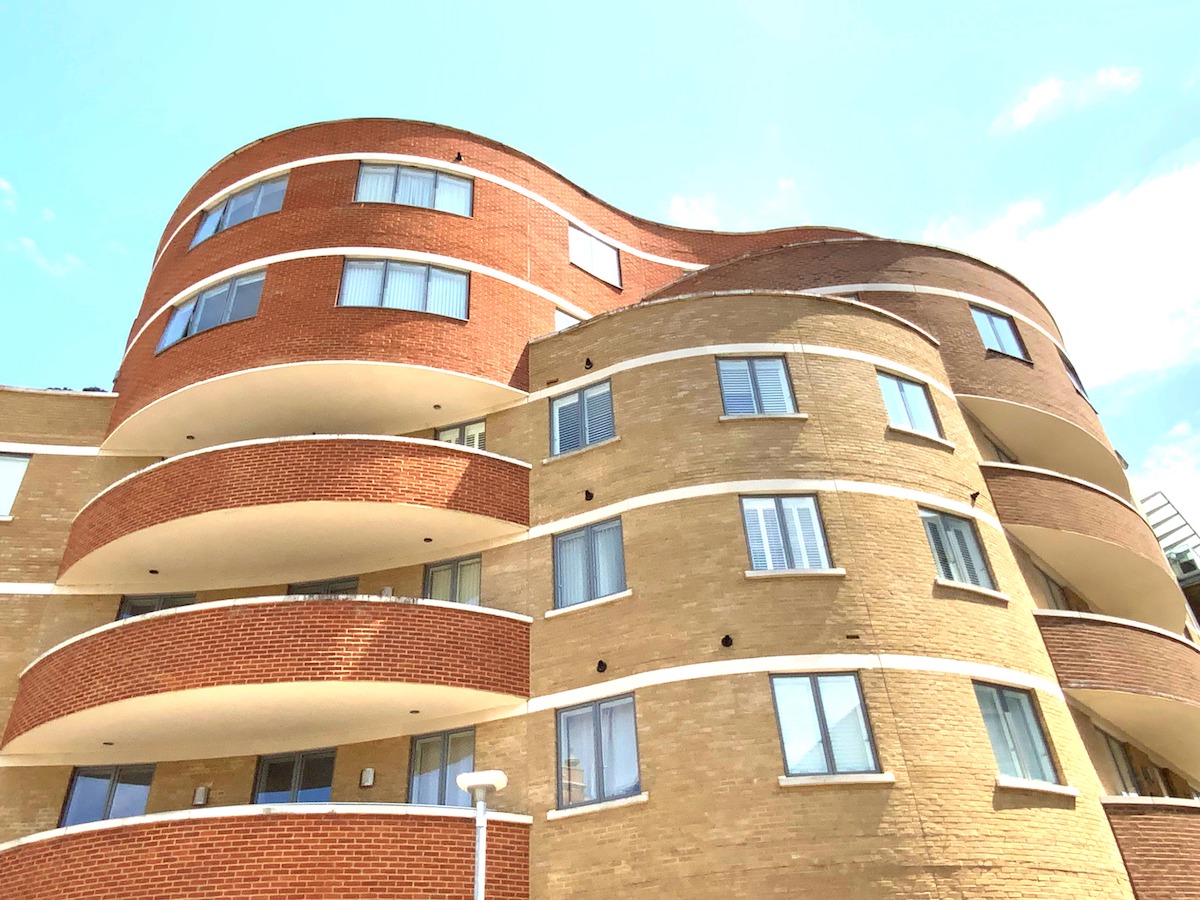Following the recent updates to Part L, Matthew Prowse, Specification and Housing Director for Knauf Insulation, examines some of the considerations for designing compliant new-build homes, and the wider implications of increased scrutiny in housebuilding.
In association with![]()
The updates to Approved Document L (ADL) of the Building Regulations came into force on 15th June and require all new builds in England to deliver a 31 per cent reduction in CO2. Tighter limiting U-values for new fabric elements have also been introduced, along with a new ‘primary energy’ metric, influenced by fabric and fuel.
Importantly, the updates aren’t limited to the design stage of a project. ADL also introduces a new Building Regulations England Part L (BREL) report, to address quality assurance of the completed build.
This means that today’s designs must stand up to as-built scrutiny and whilst insulation will undoubtedly play the lead role in achieving this, that doesn’t mean that every solution will be the same. Rather than trying to fit into a prescriptive ‘one-size-fits-all’ mould, architects should look for the compliance solution that works for their project and their clients.
Today’s designs must stand up to as-built scrutiny
Let’s look at a few examples
For a volume build, architects may choose to change very little about the fabric and heating specifications, and include rooftop photovoltaic panels to increase energy efficiency.
For larger sites, which begin after the transition period ends in June 2023, it might make sense to continue with the usual fabric specification but introduce air source heat pumps. Planning further ahead allows more time to design with alternative technologies in mind and for products to become available.
By contrast, a more bespoke build or a high-rise development might call for a higher efficiency insulation, allowing flexibility to consider different types of heat source. This approach prioritises the reliability and longevity of fabric, whilst allowing for technology to be chosen based on project-specific factors, such as budget, preference or available space.
Of course, the moment a house is completed and sold, it becomes a home, and choices made at the design stage will ultimately be felt by those who live there. That’s why it’s important to consider the bigger picture, when specifying insulation. Whilst ADL has increased scrutiny of thermal performance, the wider regulatory landscape is also turning its attention to other areas.
Focussing on fire safety
Following the 2017 Grenfell Tower tragedy, the focus on fire safety in residential buildings has rightly increased. The Government’s Building Safety Act, for example, is introducing new requirements to ensure more products are safe and establishing a New Homes Ombudsman Scheme, empowering homeowners to dispute sub-standard work.
Once again, this emphasis on as-built performance highlights the need to design homes that maximise fire safety in the real-world, as well as on paper. Passive fire safety measures, like insulation, function as part of larger systems, within a building’s cavities. These often also involve third-party elements, for example fire breaks. If the final build deviates from the design specification, it can prevent these systems from living up to their fire safety credentials. If this happens, the use of combustible materials creates a further level of risk, which is entirely avoidable. That’s why non-combustibility is important.
As well as delivering thermal performance, Mineral Wool insulation is non-combustible¹ with the best Euroclass A1 and A2-s1,d0 reaction to fire classifications, so it will not contribute to the development or spread of fire, should it occur. With products like this available on the market, why take the additional risks associated with combustible insulation?
[1] As set out in changes to the building regulations 2010 which bans the use of combustible materials, limiting the use of materials to those that achieve A1 or A2-s1,d0 on buildings in scope of the ban (as defined in regulation 7(4))
DriTherm Cavity Slab 32 installation
Performance across the board
Whilst finding the optimal route to ADL compliance is an immediate focus for a lot of architects and housebuilders, it’s becoming increasingly clear that the new requirements indicate a wider regulatory shift towards examining the as-built performance of homes. Designs need to deliver on their promises, whether that be in terms of energy efficiency, fire safety or other factors like acoustic and sustainability credentials. Specifying the right insulation will be key to succeeding in any of these areas and products like Glass Mineral Wool insulation offer a practical solution for every type of build.
Contact Details
To learn more, please visit the Knauf Insulation website. For more information on the updated Building Regulations, please visit the Knauf Insulation Housebuilders Hub.

















